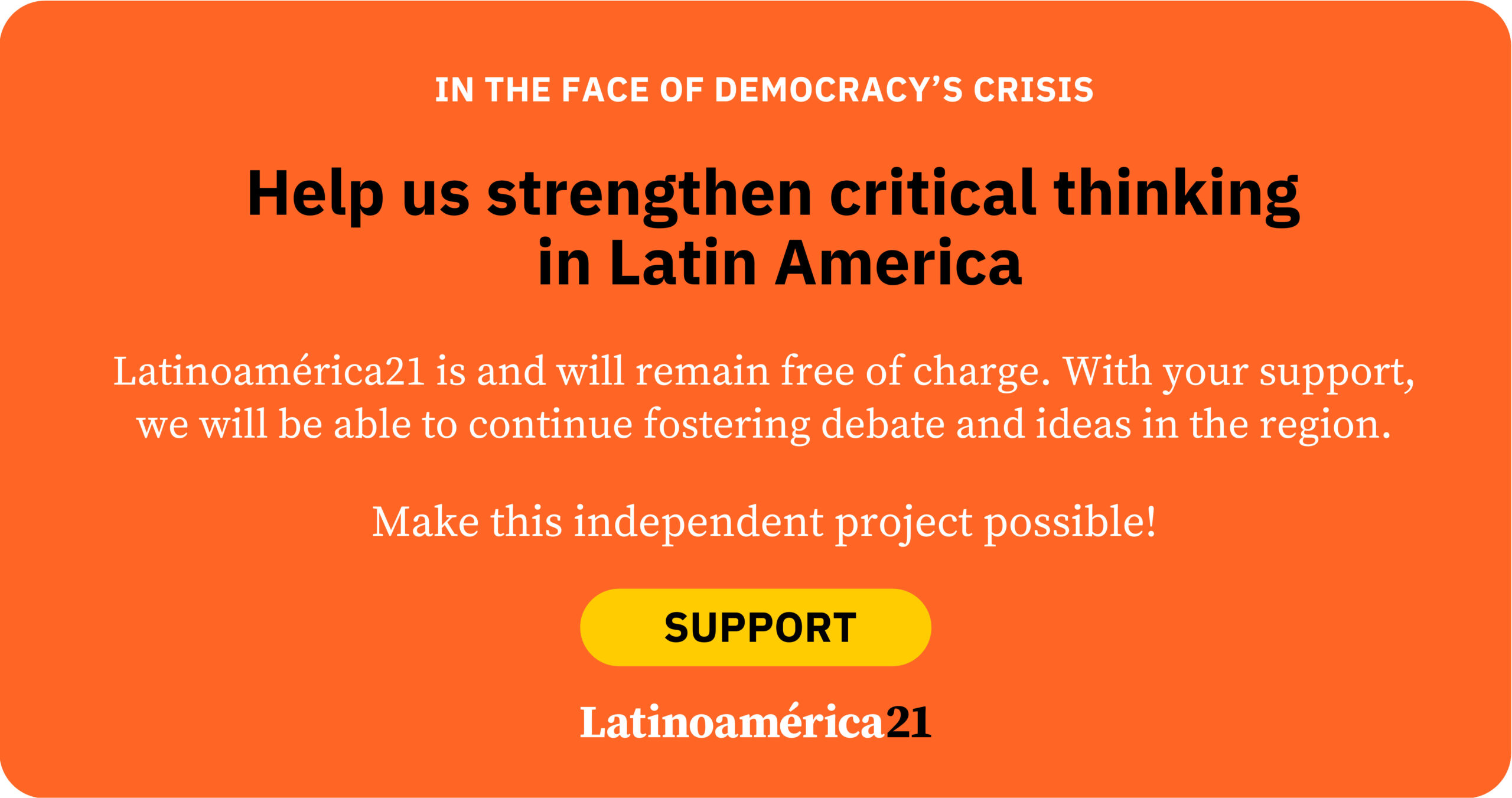The sitting presidents of the Latin American left to whom we will refer conducted electoral campaigns that placed the issue of social justice at their center. In nations marked by enormous inequality, the results were predictable: all of them won more than 50% of the votes cast. Chile’s Gabriel Boric obtained 55.9%; Colombia’s Gustavo Petro, 50.4%; Brazil’s Luiz Inácio Lula da Silva, 50.9%; and Mexico’s Claudia Sheinbaum, 59%.
It must be acknowledged that the battle for votes in all these countries was more or less intense and that, in Colombia and Brazil, a second round was necessary to determine the winner of the presidential contest. In contrast, in Chile and Mexico, a simple majority decides the presidency.
In all these nations—excluding others that hold democratic elections for reasons of space—the political messages were steeped in emotion, directed against traditional politics and politicians whose neoliberal policies had set the course for decades. The key ideas and symbols rounded out their reformist and justice-oriented proposals.
Boric’s campaign offered the notion of a “generational renewal,” with the symbol of “citizenship and youth,” as a strategic move to distance himself from the post-Pinochet generation. Petro, for his part, wielded the duality of “structural change/life force” and, with the green symbol, the banner of “ecological and territorial justice.” Lula da Silva spoke of “hope and unity” and invoked the symbol of the “worker-people-hope.” Sheinbaum, meanwhile, championed the continuation of the Fourth Transformation, whose most powerful symbol was “honesty and science,” under the feminist maxim that “we all made it” to the Presidency of the Republic.
In their first year, all of them enjoyed significant popular support. However, as time passed, enthusiasm began to fade—a trend reflected in declining approval ratings, casting a shadow over their political futures as three of the four countries approach elections between 2025 and 2026.
Chile will hold presidential elections again in November of this year; Colombia and Brazil will follow in May and October of 2026, respectively; while Mexico’s next election is set for 2030.
If the average results of opinion polls on presidential approval-disapproval ratios and public policy performance persist, highly competitive coalitions and elections can be expected—creating opportunities for opposition forces to return to power. Nonetheless, certain decisive variables must be considered.
For example, in Chile, there exists a strong though divided right and center-right opposition, united in its criticism of the government on issues of security, the economy, public order, and unfulfilled constitutional reforms.
In Colombia, the center-right opposition, Uribista forces, and strong regional coalitions have likewise hindered President Petro’s ability to maintain a stable majority. In fact, his supporting coalition has lost legislative strength and now holds a minority in the House of Representatives. The opposition’s main criticisms target his security policy, structural reforms, and the perception of a continual weakening of institutions.
In Brazil, after the great expectations surrounding Lula’s third return to the presidency, the polls have not been favorable. The opposition—led mainly by forces aligned with former president Bolsonaro and other right-wing movements—has questioned many public policies. Moreover, the high degree of political fragmentation in Parliament forces President Lula to constantly build alliances to move forward with structural reforms, especially those aimed at strengthening social welfare policies.
Finally, Sheinbaum, though only in her first year in office, still enjoys high approval ratings, albeit down from 80% in January to 70% in October. The opposition—composed of the PAN, PRI, and Citizens’ Movement—is striving to present itself as an alternative and to recover by 2027, seeking to capitalize on the constitutional and regulatory reforms that have generated uncertainty among key sectors of society. Even from within the Trump administration, there have been perceptions of a regression in the rule of law and public freedoms due to the popular election of members of the judiciary and the new Amparo Law, which, experts warn, shifts protection from citizens to the government.
Gabriel Boric now ends his term with an approval rating of just 22% and disapproval at 66%; Petro stands at 34.1% approval and 61.6% disapproval; Lula, 41% approval and 56% disapproval; while Sheinbaum maintains 70% approval and 30% disapproval.
The Latin American left is known for its powerful message of social justice, appealing to deeply impoverished populations who see in these leaders the hope of improving their living standards and well-being. However, that powerful message often contrasts sharply with their limited capacity to deliver effective results in employment, healthcare, education, or security.
In other words, the left holds a powerful electoral message because it strikes at the most sensitive fibers of impoverished and unequal societies. Yet, once in government, its social and clientelist policies demand an ever-growing supply of public resources that soon becomes unsustainable. While families may temporarily feel relief in their finances, in the medium and long term this leads to greater poverty, as social spending cannot be maintained—and employment rates fail to meet social demand. This perhaps explains, in some cases, their growing disapproval.
Ultimately, as Professor Manuel Alcántara aptly notes, this leads to a kind of democratic fatigue—culminating in a low-quality democracy where citizens feel manipulated, used, and deceived by narratives and symbols of social justice. This weakens the left and opens the door to other options with pragmatic discourses and “saviors from the disaster” caused by those still in power.













